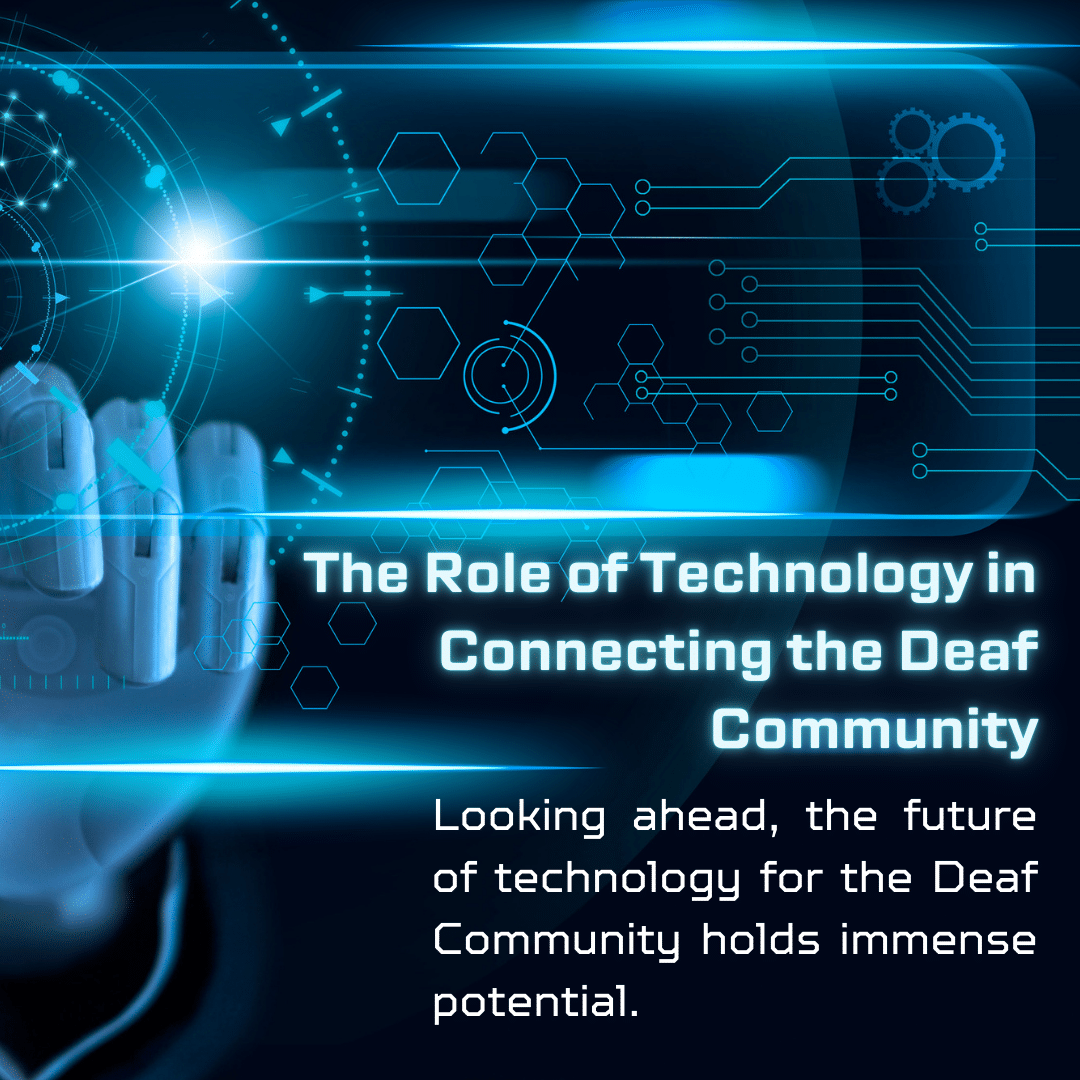
Daylight Saving Time and Devices for the Deaf
- by Start ASL
- No Comments

Daylight Saving Time (DST) is a practice that has been around for over a century. It involves adjusting our clocks forward by one hour in the spring, which is often referred to as “spring forward,” and then setting them back an hour in the fall when Daylight Saving Time ends. The concept behind DST is to make better use of daylight during the longer days of summer, ultimately saving energy. However, the biannual time change often leads to confusion and mixed feelings. In this article, we will delve into the history, purpose, and impact of Daylight Saving Time.
Keep reading to find out how Deaf people use different devices for assisting with things like alarm clocks used by the Deaf.
The idea of Daylight Saving Time was first proposed by Benjamin Franklin in 1784. However, it wasn’t until World War I that DST was implemented on a large scale. The aim was to conserve fuel by reducing the need for artificial lighting. Germany was the first country to adopt DST in 1916, and other countries soon followed suit.
DST in the United States
In the United States, Daylight Saving Time was first introduced in 1918. However, it was unpopular and repealed after the war ended. It wasn’t until World War II that DST was reintroduced as a wartime measure. After the war, states and localities were free to choose whether or not to observe DST, leading to a patchwork of timekeeping practices.In 1966, the Uniform Time Act established a standardized system of DST across the United States, although states were allowed to opt out. Today, most states observe DST, with exceptions like Hawaii and most of Arizona.
Energy Conservation
The primary goal of Daylight Saving Time is to make better use of daylight and conserve energy. By shifting an hour of daylight from the morning to the evening, people are expected to use less electricity for lighting and heating. However, studies on the actual energy savings achieved by DST have produced mixed results.
Health and Well-being
DST is believed to have positive effects on health and well-being by promoting physical activity and reducing exposure to artificial light in the evening. The extra daylight in the evening can encourage people to spend more time outdoors, which is beneficial for mental health. Speaking of Daylight Savings Time, did you ever wonder how Deaf people wake up in the morning on time if they cannot hear the alarm clock buzzing? In fact, Deaf people use different kinds of alarm clocks to help them wake up on time. Alarm clocks designed for Deaf or hard-of-hearing people typically rely on different methods to alert the user, such as vibrations, flashing lights, or both.
These clocks are equipped with a strong vibration motor. The user can place the vibrating pad under their pillow, mattress, or on their body, and it will shake to wake them up. Some models offer adjustable vibration intensity.
Example: Sonic Bomb Alarm Clock with Bed Shaker.
Flashing Light Clocks: These alarm clocks use bright, flashing lights to alert the user. They can be particularly useful in combination with a vibrating alarm for people who might still have some residual hearing or prefer visual cues.
Example: Sonic Boom SB1000 with a flashing strobe light.
Combination Vibrations and Flashing Lights: Some models combine both vibrations and flashing lights to make sure the user is awakened. These are excellent for people who need both strong tactile and visual cues.
Example: ShakeAwake Vibrating Alarm Clock.
Smartphone Apps: Many smartphone apps are designed for Deaf or hard-of-hearing users, utilizing vibrations and flashing lights. These apps often allow users to control the intensity of the vibration and set multiple alerts.
Example: “Alarm Clock for Me” app with vibration and visual alerts.
Wake-Up Systems: There are more advanced systems that can be integrated into the bedroom. These systems may include a vibrating pillow, bed shaker, and flashing lights that work together. These often use a central unit that can be synced with other devices in the room.
Example: Clarity Wake Assure System.
By using these devices, Deaf parents can stay informed about their baby’s cries and respond in a timely manner, ensuring that they can care for their baby effectively and comfortably.
Check out one of our Start ASL videos on this topic.










